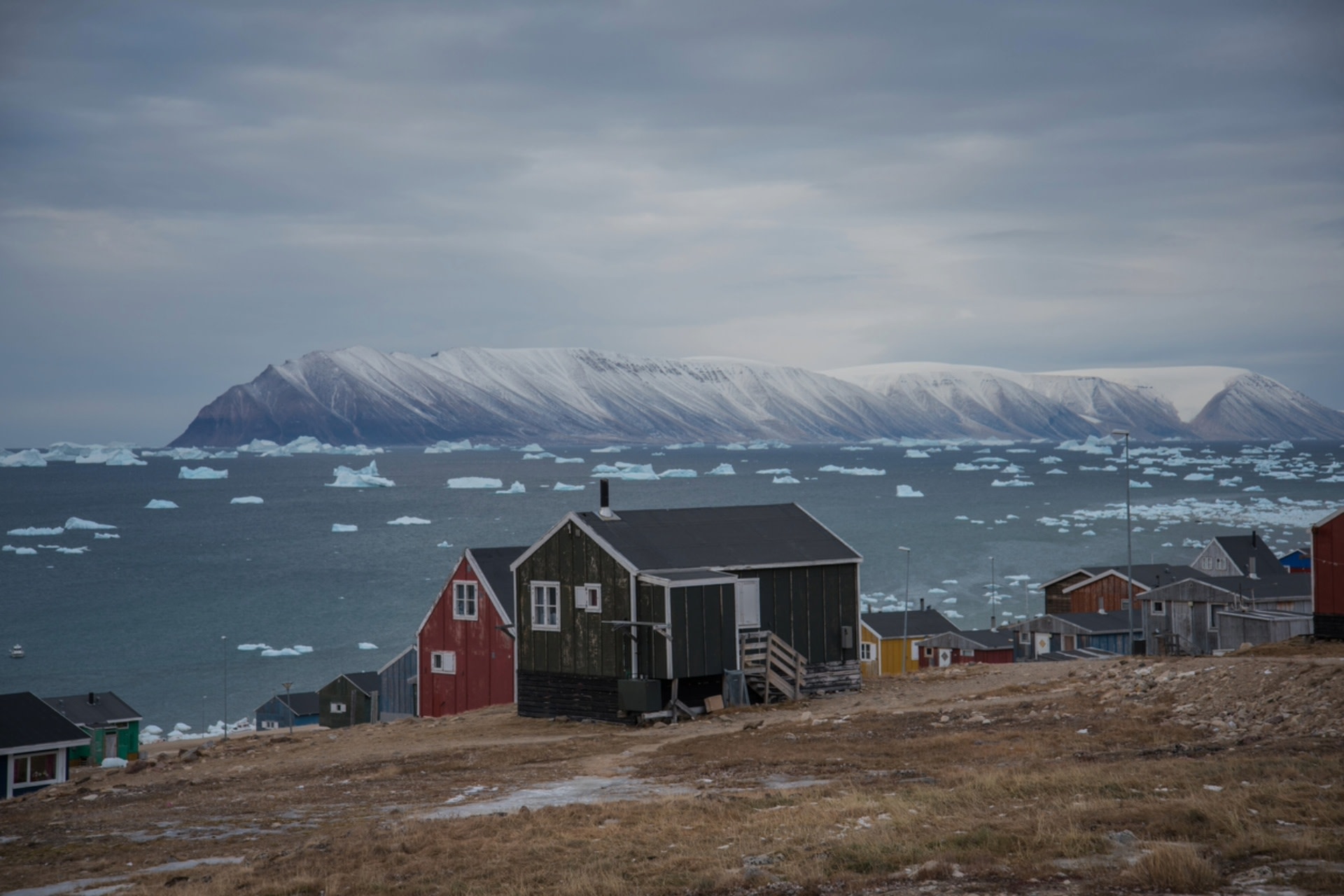Greenland native Toku Oshima is working to bring clean energy to her community "at the end of the world," protecting its way of life and easing the burden of high electric costs.
As detailed by the Washington Post, Qaanaaq residents have been relying on a once-per-year summer delivery of dirty fuel to power their homes. However, changing global temperatures have been threatening their way of life and traditional livelihoods, making hunting more difficult.
With community numbers dwindling and many households allocating more of their budgets for electricity than food, Oshima was moved to take action after listening to a 2015 presentation from Dartmouth College professor Mary Albert about the advancements in renewable energy, including its increased affordability.
"I want to show what is possible," Oshima told the Post, saying she wants to inspire kids in her community to dream big.
Albert visited Qaanaaq after Oshima reached out in hopes of bringing reliable, clean energy to her area. The community's dependence on dirty fuel wasn't just expensive and polluting, contributing to changes in climate negatively impacting the region — it was susceptible to supply chain disruptions that could leave people in the cold.
In 2019, the U.S. National Science Foundation awarded the initiative a $2.6 million grant, and Albert formed a team of researchers to help make Oshima's vision a reality.
The "Qulleq" initiative hasn't been without its challenges. As outlined by the Post, ice can disrupt the functioning of wind turbines; battery life is another key consideration in the cold.
Moreover, the remoteness of Qaanaaq — where residents were forcibly moved to 71 years ago for a U.S. Air Force Base — also meant technicians couldn't travel to the community at will if something needed repair.
Yet, progress is occurring. For one, researchers observed that the homes didn't have adequate insulation. A properly weatherized home can save hundreds of dollars in energy costs. To solve this, Oshima's husband, carpenter Kim Petersen, partnered with Ph.D. student Alyssa Pantaleo, and the pair designed a "modular" structure that they hope to introduce this coming year.
Qulleq researchers also discovered that utility provider Nukissiorfiit could save anywhere from $10,000 to $200,000 annually by enabling Qaanaaq to shut down its diesel generators during the summer months and rely instead on solar power. At the time of the story's publication in March, talks to implement the plan were ongoing.
Albert explained to the Post that her team is keeping an open mind, working with proven technologies, and imagining new solutions to bring the benefits of clean energy to Qaanaaq. One test project provided 400 watts of wind energy (which would heat a "small room").
The lived wisdom of Qaanaaq residents and Oshima's ingenuity have also played a crucial role as Oshima hopes to preserve the community for future generations.
"When you are at the end of the world, you to have to fix many things without help," Oshima told the Post. Now, a mobile, solar-powered version of a fish dehydrator designed by her and Albert is expected to improve operations for fishermen, potentially allowing them to charge more for their catches.
"It's not just for me," Oshima added. "It's for the Arctic. It's for all the cold and dark areas."
Join our free newsletter for cool news and actionable info that makes it easy to help yourself while helping the planet.









